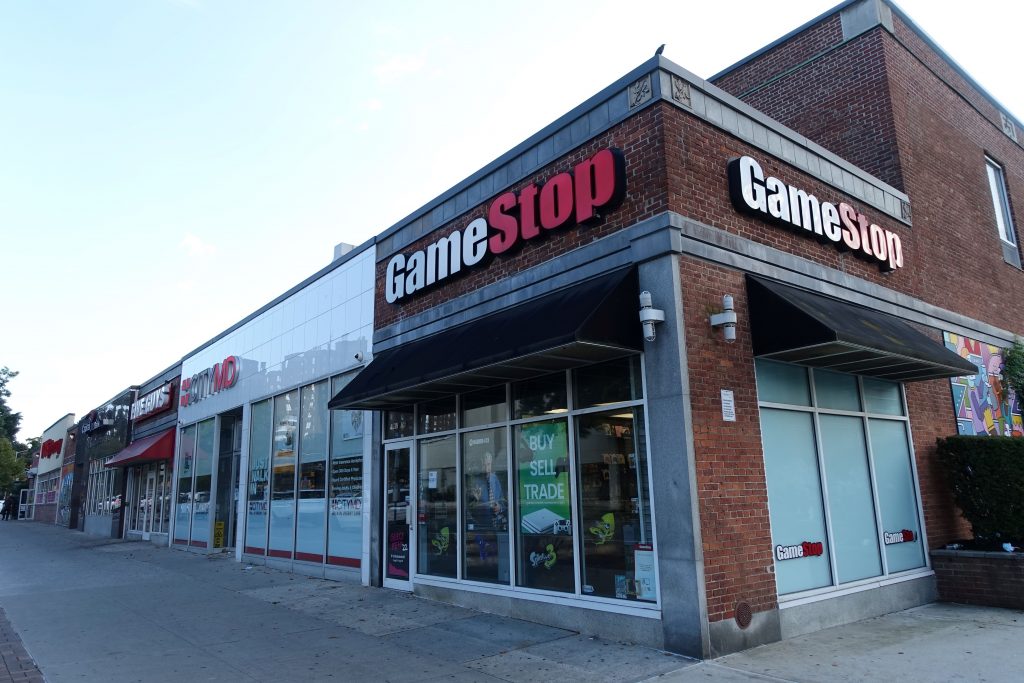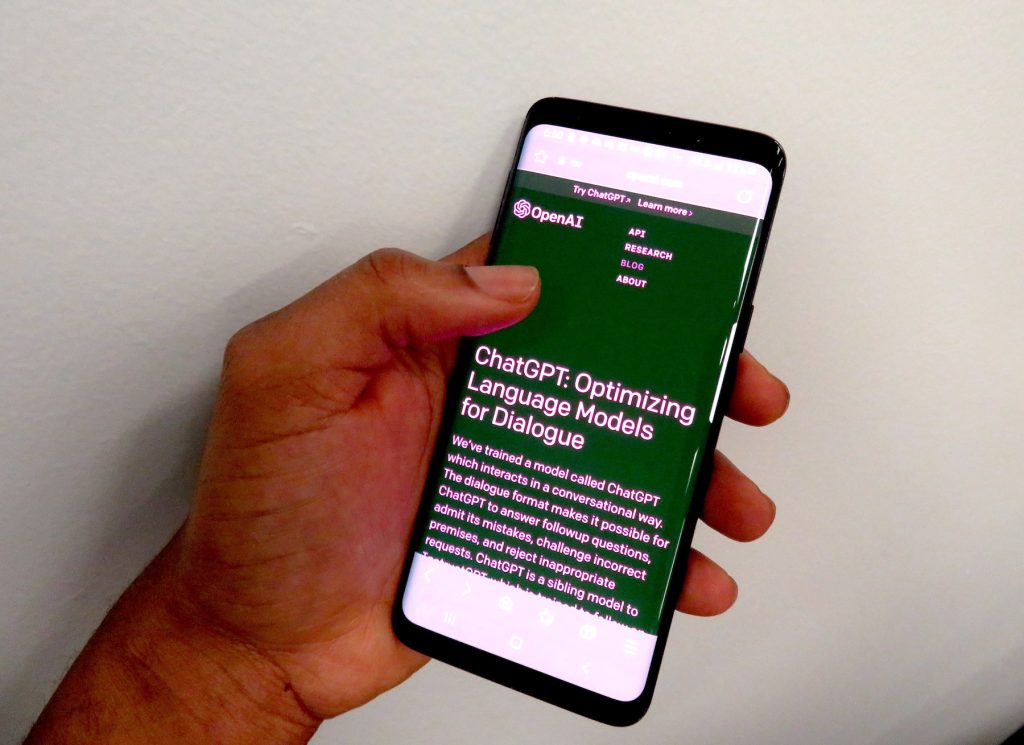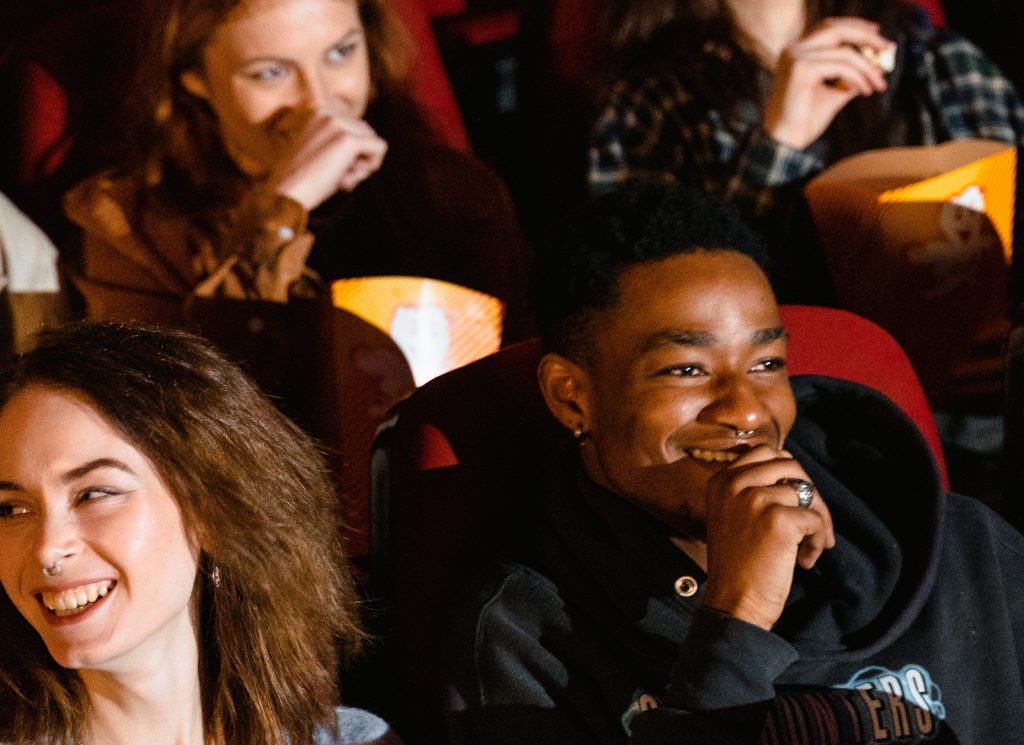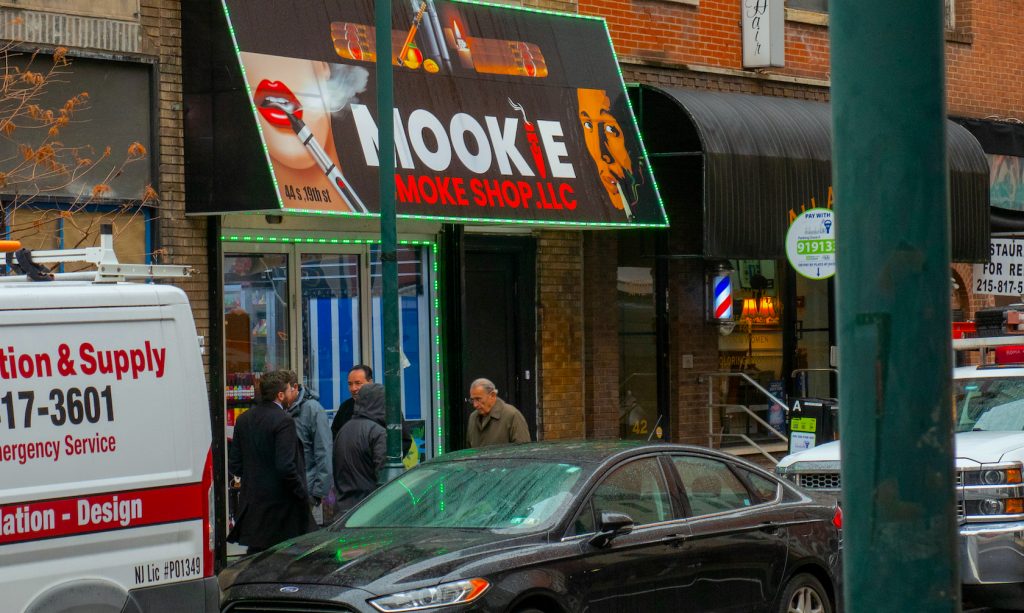
Zombie companies are firms that do not make enough revenue and have to borrow to stay alive. Cash flows for those companies go down due to increases in prices of commodities, rises in interest rates and occurrence of supply shocks like the 2020 COVID-19 pandemic and the 2008 global financial crisis.
In the United States, between 5%-10% of all companies are zombie companies. This percentage has been rising because of the pandemic and higher inflation and interest rates (a change in financial pressure) – by the end of 2020, nonfarm employment declined by about 9.5 million jobs and the pandemic had driven social and behavioral changes and government restrictions on business activity. In the last two years, inflation reached about 9% compared to less than 2% before the pandemic struck, which had caused the Federal Reserve and the White House to pursue expansionary monetary and fiscal policies , respectively, to counter the economic and social impacts of the pandemic on people and businesses.
Most of the zombie companies belong to the smaller size firm category because they do not have a well-established technology and a strong source of revenue. They are more in the retail and manufacturing sectors of the economy. Examples of zombie companies include WeWork; which is a provider of coworking spaces and had a good business before the pandemic, cruise lines like Carnival Cruise Line, and GameStop which is the world’s largest retail gaming and trade-in destination for Xbox, PlayStation, and Nintendo games, etc., among others.
Many zombie companies have changed their behavior since the 2008 global financial crisis. They have doubled down on their non profitable assets compared to non-zombie companies. They have also been helped by weak banks to stay afloat because when their balance sheets are compromised, those banks have the incentives to roll over their loans rather than writing them off. Low financial pressure in the form of low interest rates in the last two decades have helped the zombies to entrench their feet and cling longer to their unprofitable assets.
Zombie companies drag the national economy into debt. They negatively affect productivity, which is one of the three basic sources of economic growth. They divert funds from more productive companies engaged in producing new technologies and more promising businesses such as green energy into non-viable companies. In other words, they lock down resources, which is known as the “congestion effect.”
It is difficult to get rid of zombies because of their failure due to corporate restructuring, but new investments may increase this profitability over time. Economists wait for 10 years before they classify a company as a zombie. Thus, a zombie can come back to live as circumstances change. Other zombie companies may die on their own, as has happened since the COVID-19 pandemic.
According to “The rise of zombie firms: causes and consequences” by Ryan Banerjee and Boris Hoffman at the Bank for International Settlements, “the probability of a zombie remaining a zombie in the following year rose from 60% in the late 1980s to 85% in 2016” as evaluated by some financial measures. These numbers may be higher after the COVID-19 pandemic.
In terms of the implication for monetary policy, low interest rates stimulate aggregate demand and increase investment, and consequently economic growth. On the other hand, low interest rates increase the incidence of zombies and encourage them to drown in more debt. Thus, we have a tradeoff between “zombiness” and interest rates. Financial literature has not resolved this tradeoff one way or another.
In conclusion, we may not be able to rid the economy of zombies, and thus we have to live with them.
Shawkat Hammoudeh, Ph.D.
Professor of Economics and International Business
Drexel University



